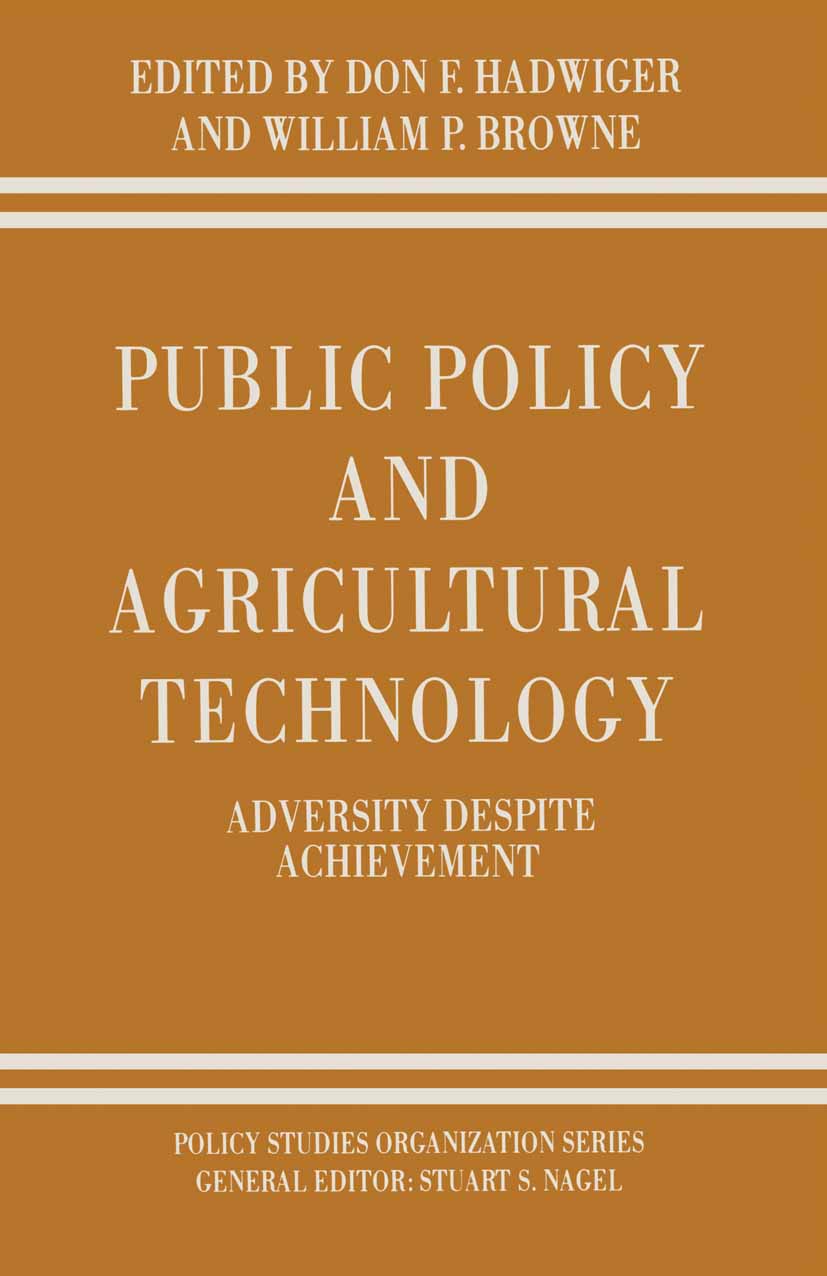Surface Application of Paper Chemicals
Surface Application of Paper Chemicals
With the exception of a slight hiccup during the height of the recent environmental movement (during the early 1990s), when for a year or two consumers were prepared to pay a price premium for lower quality recycled paper than for the virgin product,...
Read more
With the exception of a slight hiccup during the height of the recent environmental movement (during the early 1990s), when for a year or two consumers were prepared to pay a price premium for lower quality recycled paper than for the virgin product, the inexorable improvement in the quality demanded of paper products continues. This demand for quality covers not only the aesthetics ofthe product but also its performance. Moreover, it is becoming increasingly the case that papers designed for a particular use must, as it were incidentally, also perform well in alternative applications. An example is that of office and printing papers, which are expected to perform as well in copier machines as in all the various forms of impact and non-impact printers. But even greater demands are made in other product areas, where board designed for dry foods can also be expected to protect moist and fatty materials and be made of 100% recycled fibre. The need to isolate foodstuffs from some of the contaminants that can affect recycled board is a· serious challenge. Thus, papermakers are constantly striving to meet a broadening spectrum of demands on their products; often while accepting declining quality of raw materials. The product design philosophy that has arisen in response to this is increasingly to isolate the bulk of a paper from its uses: to engineer the needed performance characteristics into the paper surfaces while more or less ignoring what happens inside.
Less
















.jpg)












